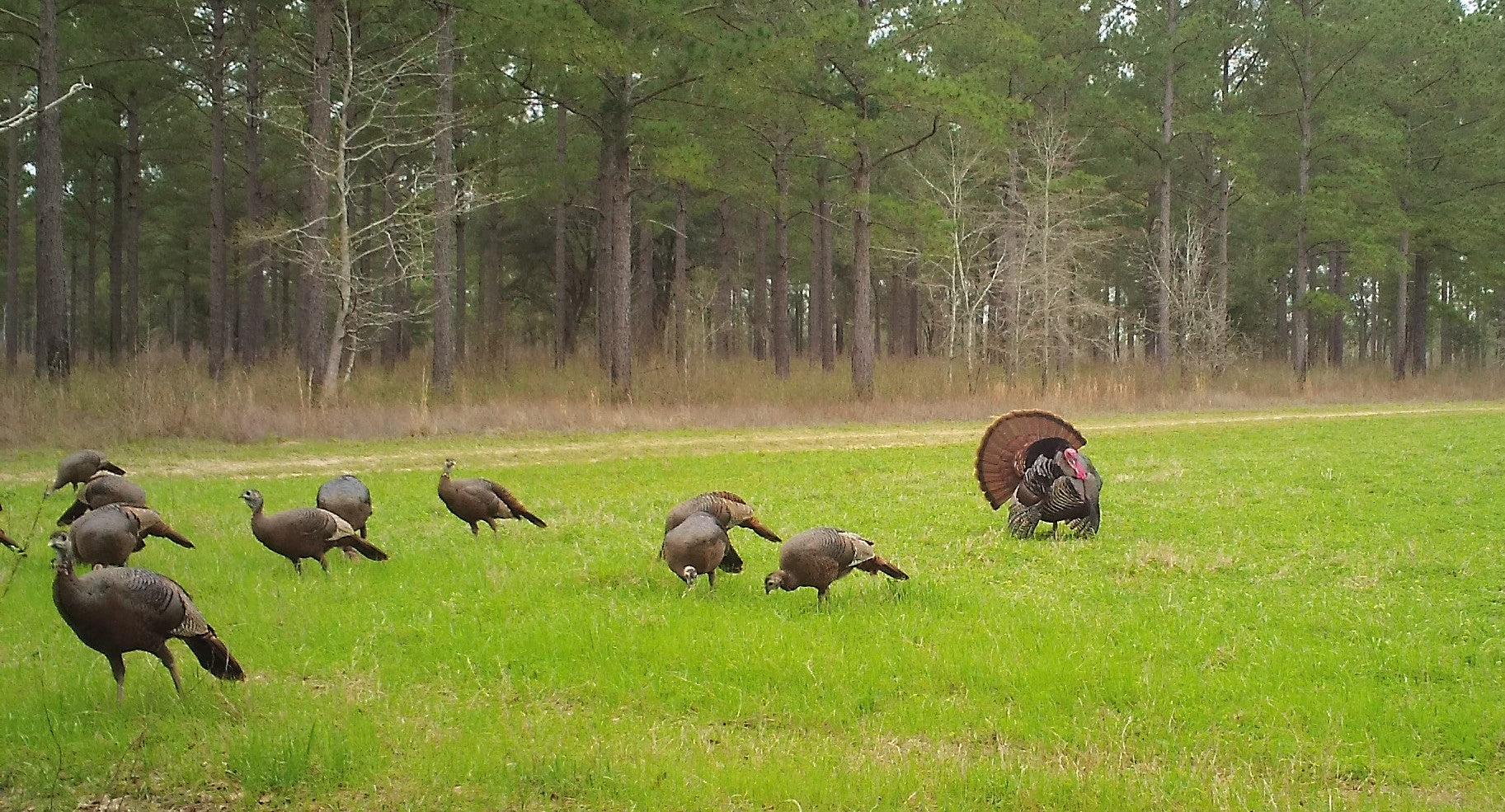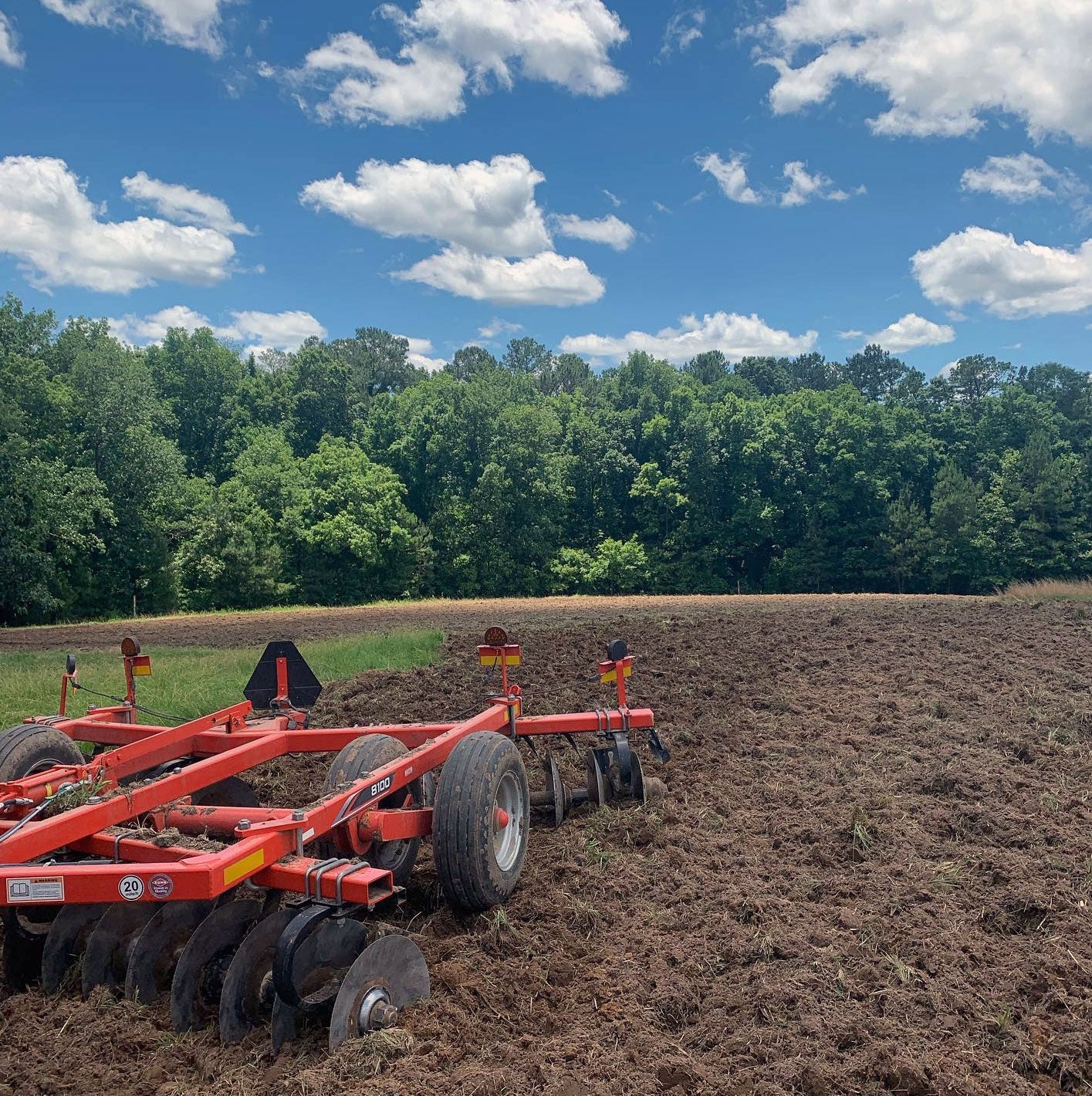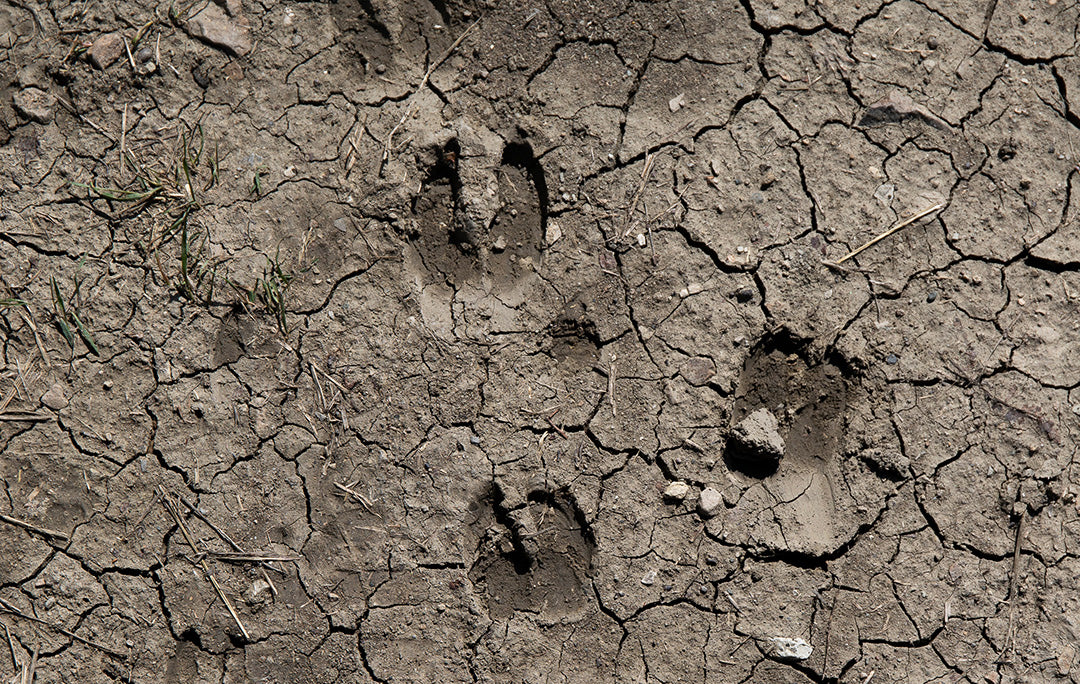In Pursuit Of Better Big Game Hunting Accuracy
The following piece is devoted to giving the reader an objective course of action for developing a more accurate load for their big game hunting rifle. This text will center on load development for the 7mm Remington Magnum as an example. Gunsmith and competitive shooter Creighton Audette pioneered this particular procedure many years ago. I like and have used this Audette technique often for load development as it saves on component materials and range time. This technique should be done during the summer months in the highest temperatures that you intend to use this ammunition in. Otherwise a safe working maximum load developed in December may generate excessive pressure when the temperatures are 60 degrees warmer in the summer months.
I will not go into the basics of hand loading as I’m going to assume that our readers are well aware of the basics. We will also assume that your rifle is in top-flight shooting condition. For this exercise you should install a target or varmint scope in the 14 to 20-power range with parallax adjustment capability with know reliability. We typically use a Leupold fixed 16X MK-4 for all our testing depending on the ring size installed on the particular rifle to be tested.
I use a Redding Full Length Neck Bushing Die in combination with a Redding Competition Seating Die whenever I can buy these dies for the cartridge that I am working with. I want the ability to control the neck tension while full length resizing the case under the neck. I find the concentricity of ammunition we load with these particular Redding dies to be excellent.
I use a Denver Instruments laboratory scale for weighing cases and powder charges. I have had other less expensive electronic scales in the past that were simply useless over the long haul. A good scale is a must and I think when money is to be allocated for reloading equipment that paying more for a good quality scale is an excellent investment. I have not used a powder measure for many years. I have owned a couple very well made measures, and they all worked very well, if you have one and like it by all means use it. I personally used an old soupspoon and a Tupperware pint bowl exclusively for over 20 years. I pour the powder into the bowl and scoop the powder into the scale pan with the spoon. This method is plenty fast enough for my rate of load production. With practice it will allow you to drop a single grain of powder into the pan when required and is just as fast and efficient as any powder measure and trickler combination.
When I need to develop a load I will buy at least 100 new cases when using bulk production brass such as Winchester or Remington. I then segregate the brass on my lab scale, one at time, into groups that incrementally are + or – 1 grain. Depending on the manufacture of the brass you’re going to see a Bell Curve once the 100 cases are sorted.
I will choose a segment of these cases that will allow me approximately 50 loaded rounds. The remainder will now go into weight labeled zip lock bags for future use as other sorted brass falls into that weight class.
With a lot of available brass on the market it will be necessary to prepare the brass by rejecting cases with creased shoulders or other obvious visual imperfections, de-burring the flash holes, beveling the inside and out side of the case mouth, etc. If your wallet will allow it there are companies such as Nosler that sell pre-weighed and prepped brass. Without question custom brass is more expensive but saves a lot of time in the segregated weighing process. I have found the reject rate on custom brass to be almost zero percent. I have been very impressed with the Nosler Custom brass and will use a lot more of it in the future.
Once my brass is visually inspected, sorted, weighed and ready to load I do the following first step to every case I plan to load. I lightly coat the inside of each case neck with a Q-tip and lubricant. I then insert a Redding Neck Mandrel Die into the press with a mandrel that is .001 under bullet diameter, .283 for the 7mm’s, and carefully run the mandrel into every case mouth to remove any dents or dings and expand and size every case to be loaded to have the same neck ID. This procedure must be done slowly by feel to prevent slamming the case into the end of the die cavity and buckling the case mouth. When this operation is complete I degrease the necks. It is time to choose our neck bushing for our full-length die.
I have a selection of machinist Gauge Pins for every caliber we load and use these pins to select the proper bushing to install in the Full Length Die. These gauge pins can be purchased for around $ 4.00 per gauge and well worth the investment. I like to reduce the inside diameter of the case neck so it is -.003 under bullet diameter. Redding makes their bushings in .001 increments based on the outside neck diameter of the case. I choose a bushing that I think will be the appropriate size, install it the die and size the case in the die.
Be careful to read the manufactures instructions on how to set up the die and install the bushings before you ruin a number of cases or the dies. Then using the gauge pins I will insert these into the case neck to gauge the constriction of the neck.
If a .284 pin will slide into the newly sized neck I need to choose a .003 smaller bushing, place it I the die, size the case again and make sure my .281 gauge pin will slide in the neck but a .282 will not only then will I know that my cases and more importantly my neck tension are the same with every case. I then prime the case using the standard priming arm on the press.
Then I select the bullet I want to use. The choice of projectiles today is significant indeed. As my intention is to use this rifle on deer sized animals up to 400 pounds that I might have to shoot at 50 yards and out to 500 yards bullet selection is important. I am not one to insist on a perfect broadside shot and want a bullet that will penetrate into the vitals if driven at a less than ideal angle. Being a heavy for caliber fan I would choose a spritzer design that weighs 160 grains. It would likely be a Nosler Partition or AccuBond. You need to be aware that many of the newer “Long Range” on solid copper bullets will often need a faster twist than found in many barrels due to their length. What is your twist? When in doubt call the bullet company and ask what the recommend twist is for that bullet.
That said I would stick with that one bullet unless I cannot find an acceptable load with at least 4 different powders before I begin with any another bullet. I now will determine the maximum overall length of my rifles throat to give me the overall length that I could load the cartridge to with that bullet just touching the lands and hopefully still cycle through the magazine.
The ogive shape will vary from one style bullet to the next so keeping a log is very important. Then I will use one of the prepped cases and make a dummy round. I seat this dummy bullet overly long to begin with and adjust the Competition seating die as is necessary to allow the bullet to just touch the lands and allow the bolt to close without any resistance. To confirm this I REMOVE the firing pin and bolt sleeve assembly from the back of the bolt body to allow me to better feel the resistance of the bolt and bullet as I determine this OAL. When the dummy round will just allow the bolt to drop into battery I use a sharpie to mark that dummy “on the lands” and record the OAL and save that dummy for reference. I then make up a 2nd dummy round and reduce the OAL by another .030 so I have now have .030 bullet jump to the lands. If you prefer .010 or .100 adjust you die accordingly. This procedure will usually work quite well with factory chambers cut for the 7mm Remington, 300 Winchester, 25-06 etc. But with chambers cut for the Weatherbys, the STW’s, and Ultra Mags you will likely find that due to the much longer throats that your dummy round less the .030 will not come close to fitting in your magazine box. Such is life. Long throated rifles will still shoot very well if given the right load. Mark the dummy round with a Sharpie and file it reference. The seating die is now set up properly for that particular bullet at whatever OAL you have settled on for the time being.
Now I choose the propellant. Powder selection can vary considerably, most manuals give a wide variety of loads for any given bullet weight. As an example, for this rifle chambered for the 7mm Remington and this desired bullet weight I would likely chose Hodgdon Extreme H-4831 SC to begin with.
Using this basic Audette method I begin loading at the listed starting load and load ONE case with the powder of choice, seat the bullet to the determined OAL and with a sharpie mark the weight in grains on the case. Then going up in one half-grain increments (Audette would use 1/3gr increments) at a time I will a load series of 9 to 10 cases until I am at the manuals maximum listed load for that exact powder, bullet style and weight. When finished I will have one case loaded with 58grs of H-4831 SC, the next case with 58.5grs the third with 59grs up to the maximum load listed in that manual, say 62.5 or 63grs. Now with this tray to 9 to 10 different 160gr Loads I head to the range.
With the test scope pre-zeroed I now place a target that is approximately 12” x12” on the 200 yard target frame. Audette preferred to do his testing at 300 yards, which is fine if you can do your testing under ideal wind conditions. Having access to a 300-yard range is more difficult to find than a 200-yard range so you need to work with what is available to you. With the bore of the rifle already fouled and all the parallax adjusted correctly I will now do my utmost best to shoot each load of these test loads as accurately as I can at the 200-yard target. If other shooters are using the range, I will plot the impact of each load on an identical target at the bench with the aid of my spotting scope. Replication of theses impacts is critical as a reference. If I have the range to myself I will walk to the frame after every shot and mark each bullet hole with each powder weight next to that corresponding bullet hole. I will shoot each load through my chronograph being careful to note the velocity increase as the powder charge is increased. I will monitor any signs of pressure, i.e. sticky bolt lift and or ejector mark as the powder charge is increased towards the maximum end of the powder charges. If I detect any significant signs of pressure I will discontinue shooting the remaining loaded test rounds.
If the powder and bullet you have chosen are compatible with your barrel a pattern will be evident on your target when all your test loads are fired. Typically you will see a cluster of 3 to 4 of these loads while the other 6 loads will be randomly spaced some distance away from the cluster. It is the cluster we are looking for. In the target below you can see that 61.5grs 62grs and 62.5grs fall into a .834 composite group at 200 yards while these other loads are strung diagonally to the right. Providing the loads I shot into the .834 group showed no excessive pressure and my chronograph is recording velocities than are reasonable and similar to those listed in the manual and I will then duplicate each of these three different loads using new unfired brass and load three each of the 61.5grs, three each of 62grs and three each of 62.5grs.
I will then shoot each of these loads into three different targets at 200 yards again. One of these three groups will likely be smaller than the other two. Load 6 more rounds of the most accurate combination and shoot these again at 200 yard to confirm the accuracy of this load. It is easy to shoot a fluke group that looks great but is just that, a fluke. Verify your findings.
Then I go one step further and here is where the neck bushing dies and gauge pins really come into play. As you continue to reuse these cases the neck tension on the case begins to change, as the brass becomes work hardened and the neck diameter changes each time the case is resized in the die. With the gauge pins you can maintain the same -.003 case neck reduction by installing the appropriate bushing into the full length die as is required to give you the -.003 diameter. I then reload these once fired cases with the most accurate load and fire them yet again into fresh targets. If I notice no resistance in bolt lift or any pressure signs in these case that have now been fired twice and the accuracy mirrors the other targets I consider the load to be viable. If your driving your bullet of choice at your desired velocity without excessive pressure signs and the average size of the test groups you’re shooting measure less than 1” at 200 yards pat yourself on the back and grab lunch, you’ve earned it.
But before you reach for the hot sauce log all this data in your data book for future reference. I have more than once forgotten to do so thinking I would remember the facts and found my memory lacking.
However if your results only result in 4” to 5” random groups it’s time to choose another powder. In this case I would next try DuPont IMR-4831 or Alliant R-22 and start the procedure over again. I have gone through as many as five different powders before I found a really sterling combination of components. Don’t let anyone kid you this is rocket science on a small scale.
You can further tweak a newly developed load even more and often times improve your accuracy but a slight degree by changing from a Federal primer to a Winchester or a CCI primer. Seating depth will certainly play a role in fine-tuning the load. Placing the bullet closer to or further away from the lands can lead to even better accuracy providing you have adequate internal magazine length and your pressures stay reasonable.
But you have to have a base line to start with. When the canister of powder that you used for this load is gone you will need to retest this load with the new powder as not all powder retains the same burning rate from one lot to the next. I would suggest you buy the next lot of powder in a 5 or 8 pound canister of whatever powder delivers the best results. When your load development is complete replace the test scope with your favorite hunting scope and zero accordingly. If your hunting scope is a typical whitetail version in the 2X to 10X power range don’t panic if your newly develop ammunition doesn’t deliver the same sub inch groups at 200 yards as the higher power test scope as you’re now at a slight optical disadvantage unless you’re David Tubbs.
There a variety of methods in load development, most will work, some are better than others. This one has a proven track record and delivers when properly executed. Is the effort worth it? Everybody wants to show off how well their rifle shoots and the next time you need to thread a bullet in amongst a maze of branches to center the shoulder on that buck you have been chasing for two seasons your efforts could pay off in spades.
Disclaimer: Any Hand-loading should be done with a clear head and keen understanding of the basics. The author and Tecomate accept no responsibility written or implied for operator error.
Posted by Darcy Echols











Leave a comment